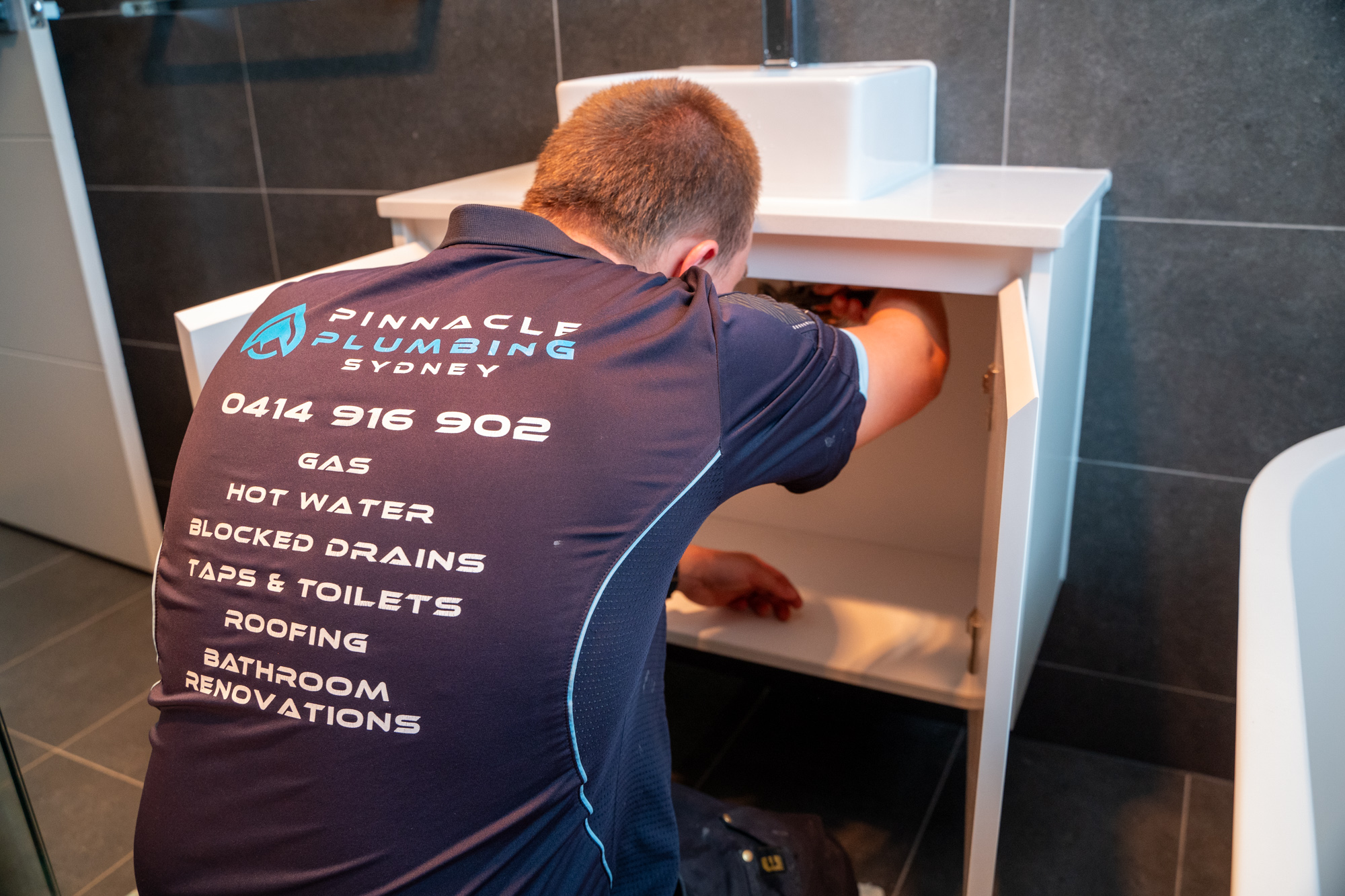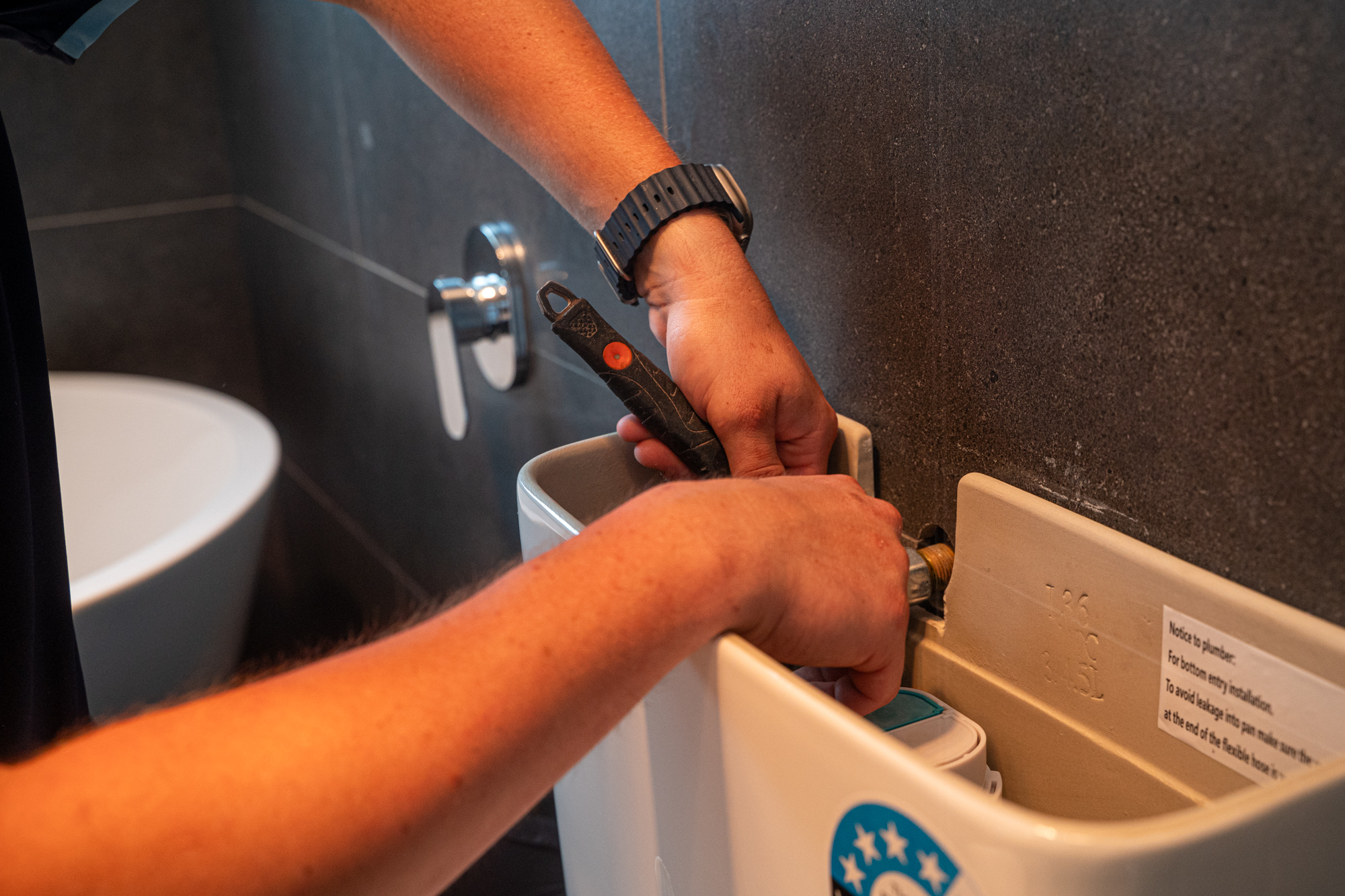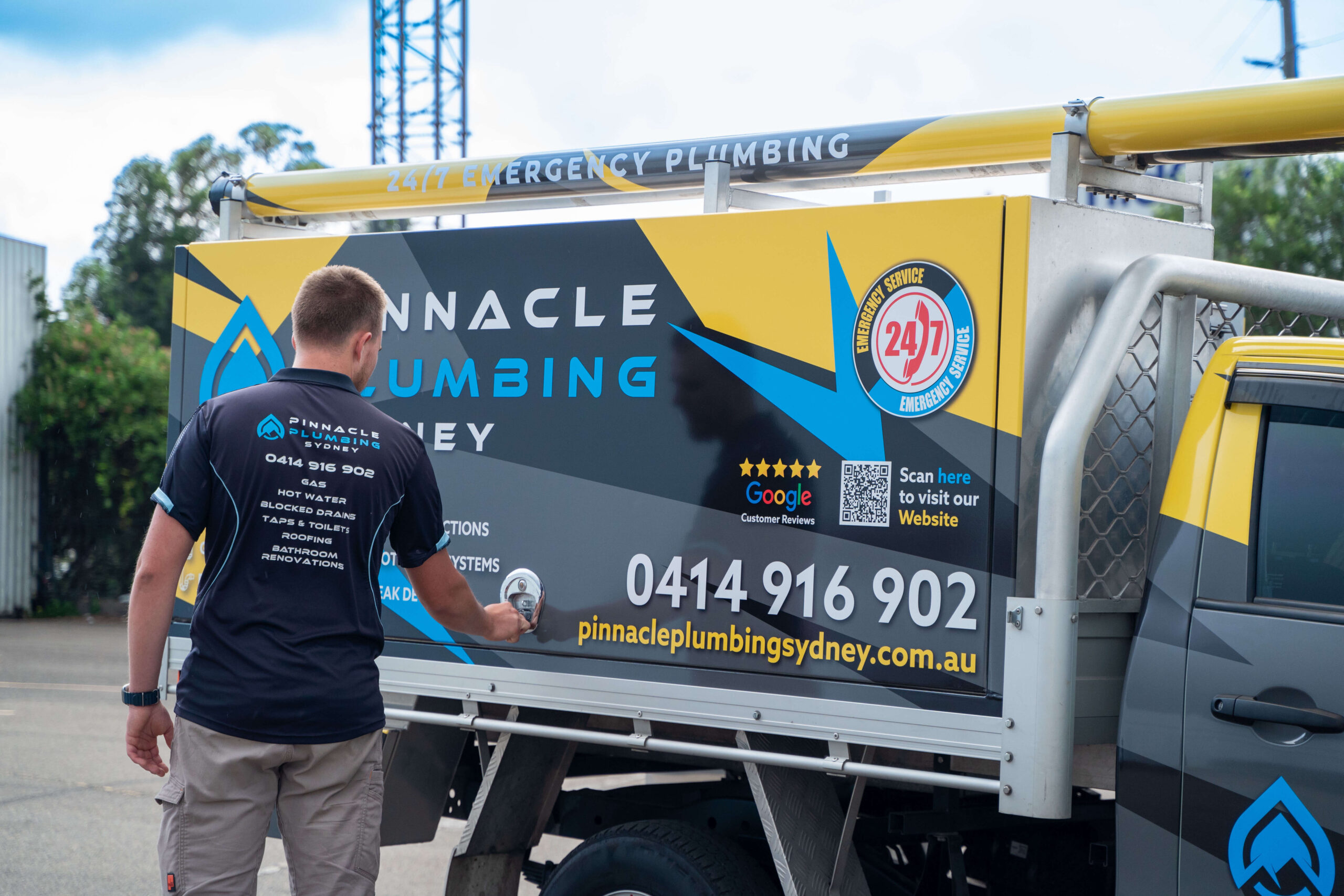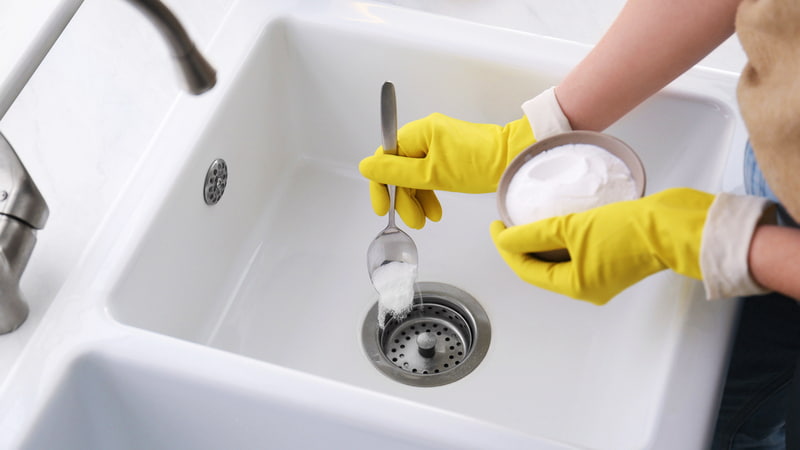A leaky bathroom faucet is not only a nuisance but can also lead to increased water bills and potential water damage. Taking proactive steps to prevent leaks can save you time, money, and stress. Here are essential steps you can follow to maintain the integrity of your bathroom faucets and keep them running smoothly.
It was an excellent experience having Rob to fix our tap cartridge. He is very friendly and thorough. Highly recommended!
1. Regular Inspection
Regularly inspect your bathroom faucet for signs of wear or damage. Look for corrosion, mineral deposits, or any deterioration on both the faucet and its components. Checking these elements can help you catch issues before they turn into leaks.
2. Replace Worn Parts Promptly
One of the most common causes of faucet leaks is worn-out rubber washers, O-rings, or seals. These components can degrade over time due to constant pressure and exposure to water. Inspect these parts periodically and replace them as needed to maintain a tight seal and prevent dripping.
3. Clean Faucet Aerators
The aerator — the screw-on tip of the faucet — can become clogged with sediment, lime, and other mineral deposits. This not only affects water flow but can also put unnecessary pressure on the faucet’s internal parts, potentially leading to leaks. Clean your aerators regularly by unscrewing them and soaking them in vinegar or a cleaning solution to dissolve any buildup.
4. Manage Water Pressure
High water pressure can cause wear and tear on your plumbing fixtures, including faucets. If the water pressure in your home is too high (above 80 psi), it can lead to leaks. Consider installing a water pressure regulator if your pressure is consistently too high. This can help prevent damage to your faucets and other plumbing components.
5. Use Soft Water
Hard water can exacerbate the wear on your plumbing due to the high mineral content, which deposits scale that can clog and corrode your fixtures. Using a water softener can reduce the mineral content in your water, thus extending the life of your faucets and reducing the likelihood of leaks.
6. Tighten Fittings Regularly
Over time, fittings and connections may loosen, which can lead to leaks. Make it a routine to check and tighten these fittings periodically. Use appropriate plumbing tools to tighten them without over-tightening, as this can damage the fittings.
7. Professional Plumbing Maintenance
For comprehensive maintenance, consider hiring a professional plumber to inspect your bathroom plumbing system annually. They can detect issues that you might miss, like deep-seated corrosion or hidden leaks. A professional can also replace parts that are difficult to handle on your own, ensuring that the job is done correctly.
Conclusion
Preventing a leaky bathroom faucet involves regular maintenance, timely replacements of worn parts, and attention to your home’s water pressure and quality. By following these steps, you can ensure that your bathroom faucets remain functional and efficient, preventing leaks and the problems they cause. For the residents of Sydney, keeping your bathroom in top condition not only conserves water but also protects your home from potential water damage.





